 |
 |
 |
| |
Over Half of MSM in Swiss Study Group Don't Know About HCV Infection
|
| |
| |
ICAAC 2014. September 5-9, 2014. Washington, DC
Mark Mascolini
More than half of 654 men who have sex with men (MSM) in a Swiss study never heard of HCV infection, although a similar proportion had anal sex without a condom in the past year [1]. Among men who did know about HCV, one quarter did not know if HCV infection could be treated and more than one quarter thought HCV cannot be treated.
HCV incidence is rising among HIV-positive MSM in Switzerland [2] and throughout Europe and the United States. Analysis of the Swiss HIV Cohort Study linked HCV infection with condom-free anal intercourse among MSM [3]. Although HCV prevalence appears to be lower in HIV-negative MSM than in men with HIV [4], less is known about hepatitis C in men without HIV. But sexual risk factors are similar in HIV-positive and negative MSM.
To address these issues, researchers in Lausanne and Geneva conducted this study of MSM in southwestern Switzerland, aiming to assess their HCV knowledge, HCV prevalence, and sex behavior. They recruited MSM at an MSM sexually transmitted infection (STI) screening clinic and in places where MSM meet, such as saunas and sex clubs. Participants completed an anonymous questionnaire about sexual behavior and HCV knowledge. Consenting participants who were HCV negative or did not know their HCV status got tested on site with a rapid HCV test. The analysis excluded men already diagnosed with HCV.
Among 918 men invited to participate, 654 (71%) did. Most volunteers, 82%, were recruited at the STI screening clinic. Median age stood at 33 (interquartile range [IQR] 27 to 41); 78% of respondents described themselves as homosexual and 21% as bisexual. About half of the men, 53%, were Swiss in origin.
Two thirds of study participants reported being HIV-negative, 3% were HIV-positive, and the others preferred not to disclose their HIV status. Men reported a median of 5 sexual partners (range 0 to 400), and 72 men (11%) had an STI in the past 12 months. Half of the men, 52%, had been screened for STIs in the past 12 months, but only 24% had been screened for HCV. Most men, 58%, did not know if they had been screened for HCV.
One third of study participants reported using drugs in the past 12 months, but only 4 men injected drugs. More than half of the 654 survey respondents, 55%, had condomless anal intercourse in the past 12 months, 47% had anal sex with a casual partner and 26% with an anonymous partner. One quarter of these men (28%) reported passive traumatic sex. Just over 10% of men had tattoos, and a similar proportion had body piercing.
Among 654 MSM respondents, 352 (54%) did not know about HCV infection. No factors assessed affected chances of knowing about HCV, including HIV status, STI history, anal sex without condoms in the past 12 months, or birth in Switzerland or neighboring countries.
Among the 302 men who had heard about HCV, 28% did not know if an HCV-positive person has symptoms. More than one quarter of men who knew about HCV (29%) did not think it can be treated, and 25% did not know. One third of men who knew about HCV (32%) did not know if they had a sex partner with HCV, 15% did not know if HCV can be transmitted in blood, 14% did not know if HCV can be transmitted during anal sex, 30% did not know if HCV can be transmitted orally, 8% did not know if HCV has serious complications. The researchers cautioned that recruiting men in an STI screening clinic probably created a study group with higher than average HCV knowledge.
Only 1 man (0.15% of 654) tested positive for HCV. His single risk factor was condom-free anal sex with 2 stable partners in the past 12 months. He reported no traumatic sex and no current or prior drug use. The researchers noted that 0.15% probably underestimates HCV prevalence in HIV-negative MSM in this area because the study excluded men already diagnosed with HCV.
Although the apparently low HCV prevalence suggests routine screening may be unnecessary for HIV-negative MSM in this region, the investigators proposed that the high frequency of condomless anal intercourse "suggests that screening should be offered in this uninformed population." Switzerland and other countries recommend regular HCV screening for HIV-positive men.
Another study presented at the same ICAAC session found that 82% of HIV-negative men diagnosed with acute HCV in a London STI clinic reported both insertive and receptive anal intercourse, while 9% reported only receptive anal sex [5]. One third of these men had another STI when diagnosed with HCV.
References
1. Clerc O, Darling K, Jobin V, et al. Knowledge and seroprevalence of hepatitis C virus infection among men who have sex with men in the Swiss Lemanic area. ICAAC 2014. September 5-9, 2014. Washington, DC. Abstract V-675.
2. Wandeler G, Gsponer T, Bregenzer A, et al. Hepatitis C virus infections in the Swiss HIV Cohort Study: a rapidly evolving epidemic. Clin Infect Dis. 2012;55:1408-1416.
3. Rauch A, Rickenbach M, Weber R, et al. Unsafe sex and increased incidence of hepatitis C Virus infection among HIV-infected men who have sex with men: the Swiss HIV Cohort Study. Clin Infect. Dis 2005;41395-402.
4. Yaphe S, Bozinoff N, Kyle R, Shivkumar S, Pai NP, Klein M. Incidence of acute hepatitis C virus infection among men who have sex with men with and without HIV infection: a systematic review. Sex Transm Infect. 2012;88:558-564.
5. McFaul KM, Maghlaoui A, Nzuruba M, et al. Acute hepatitis C infection in HIV-negative men who have sex with men. ICAAC 2014. September 5-9, 2014. Washington, DC. Abstract V-676. http://www.natap.org/2014/ICAAC/ICAAC_13.htm
---------------------
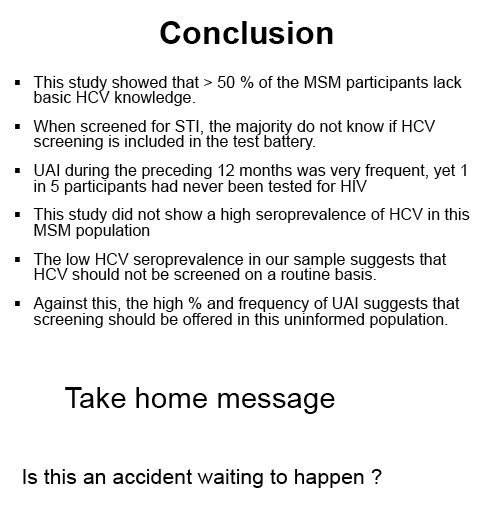
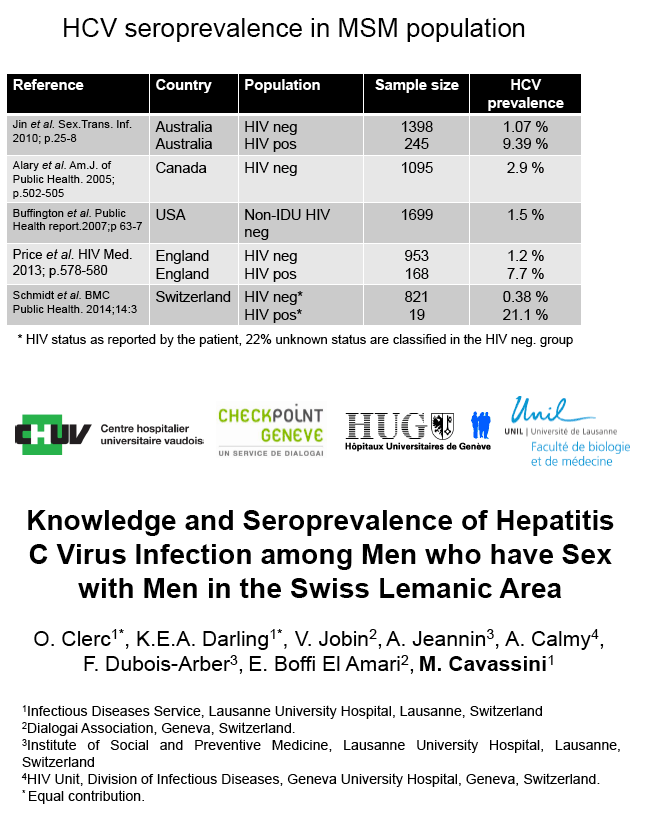
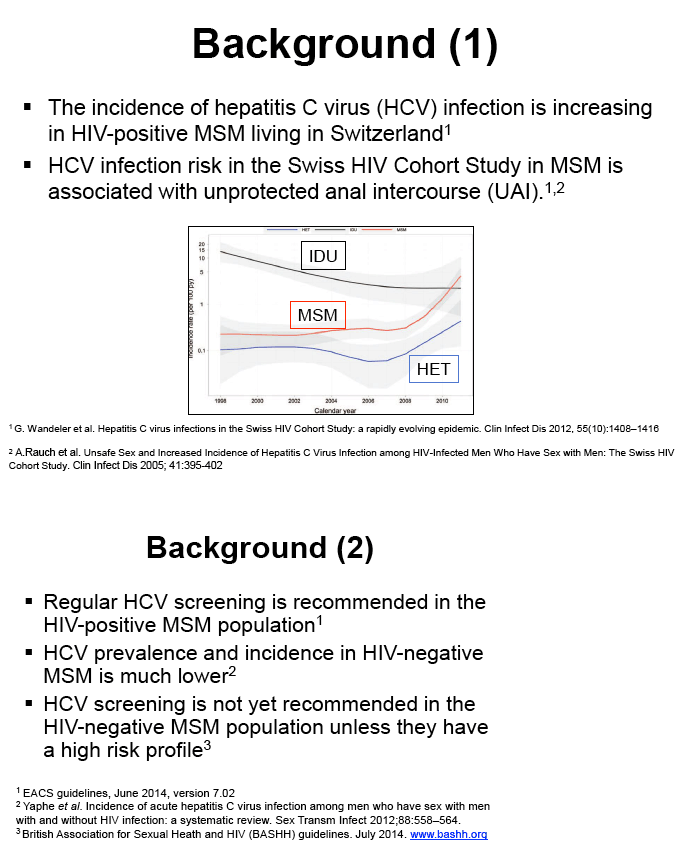
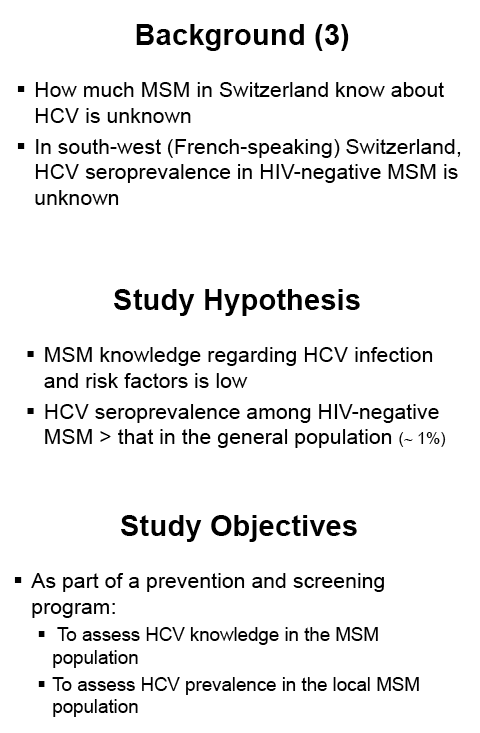
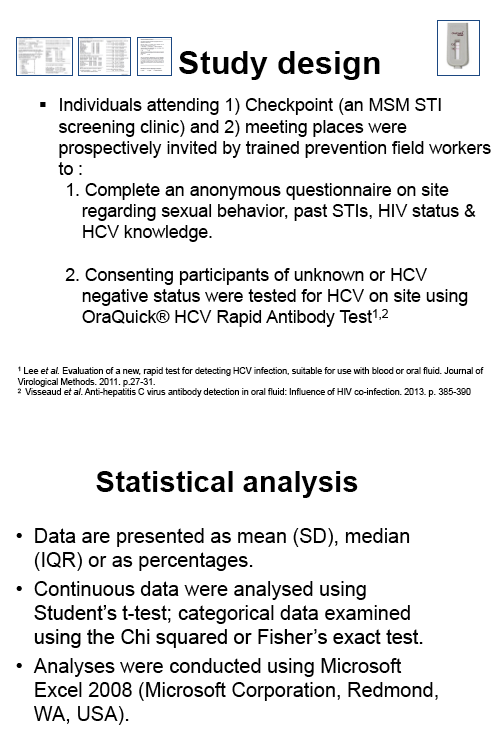
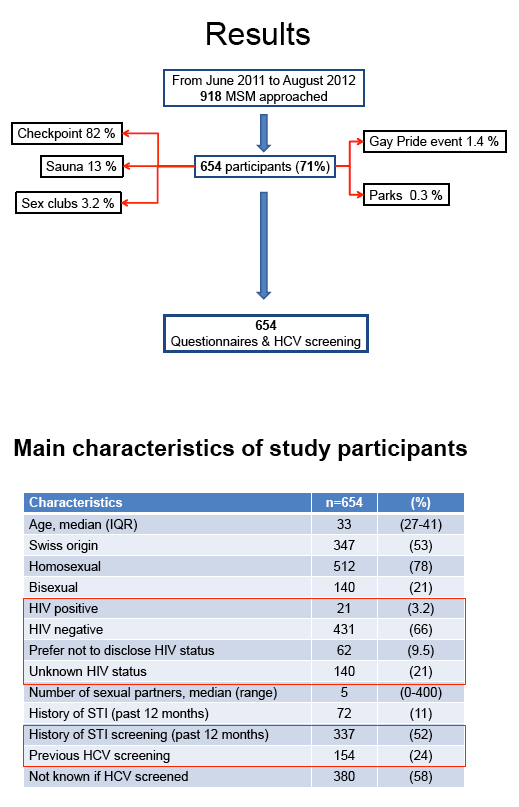
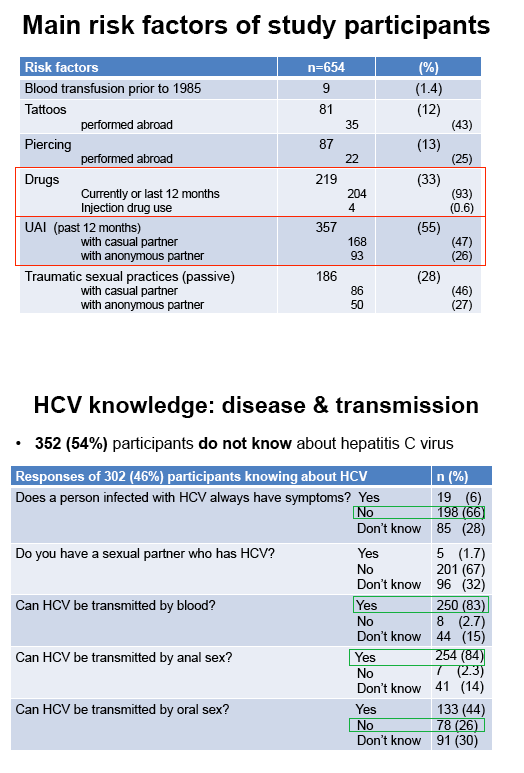
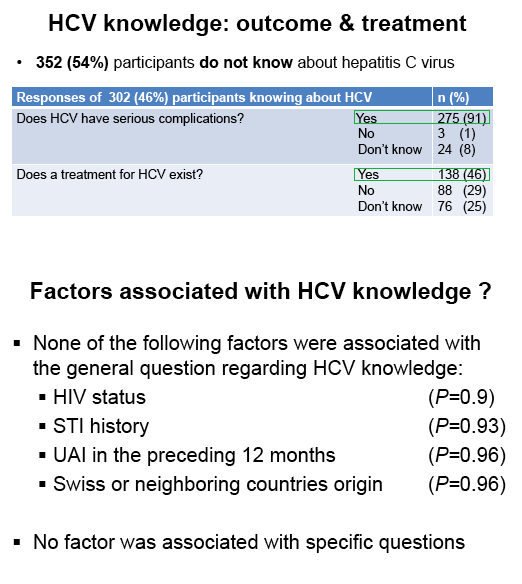
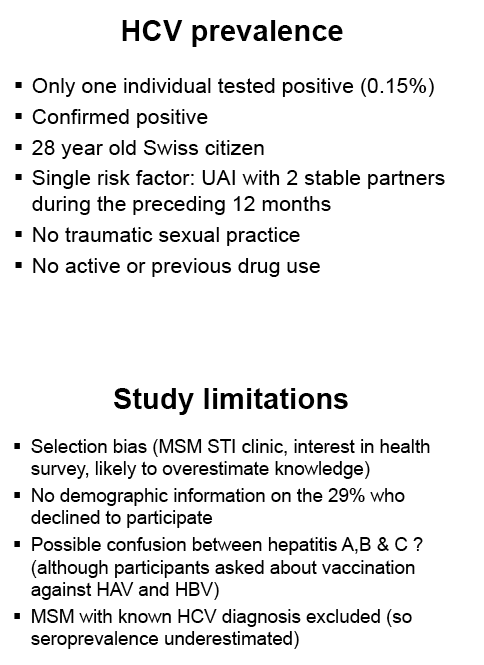
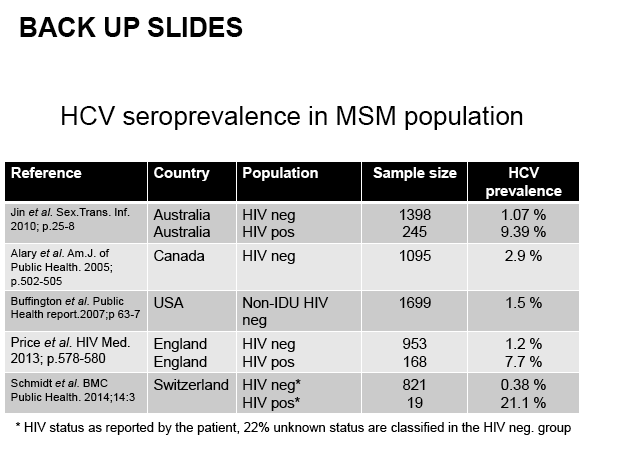
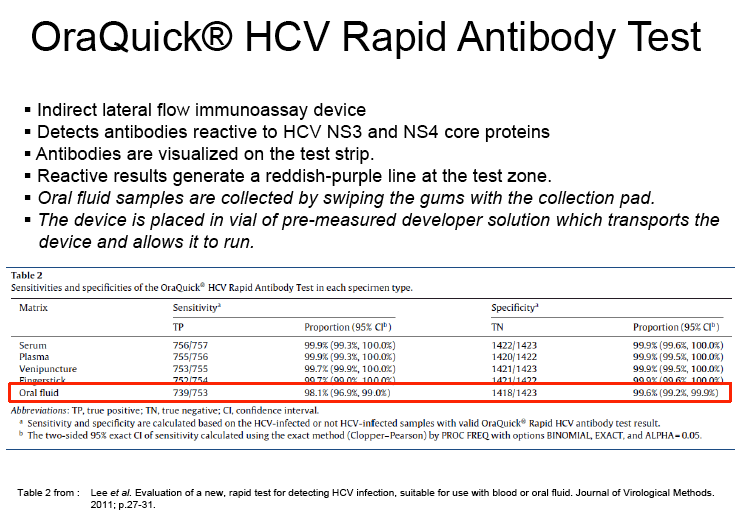
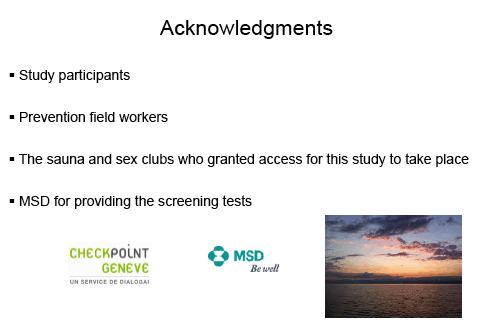
|
| |
|
 |
 |
|
|